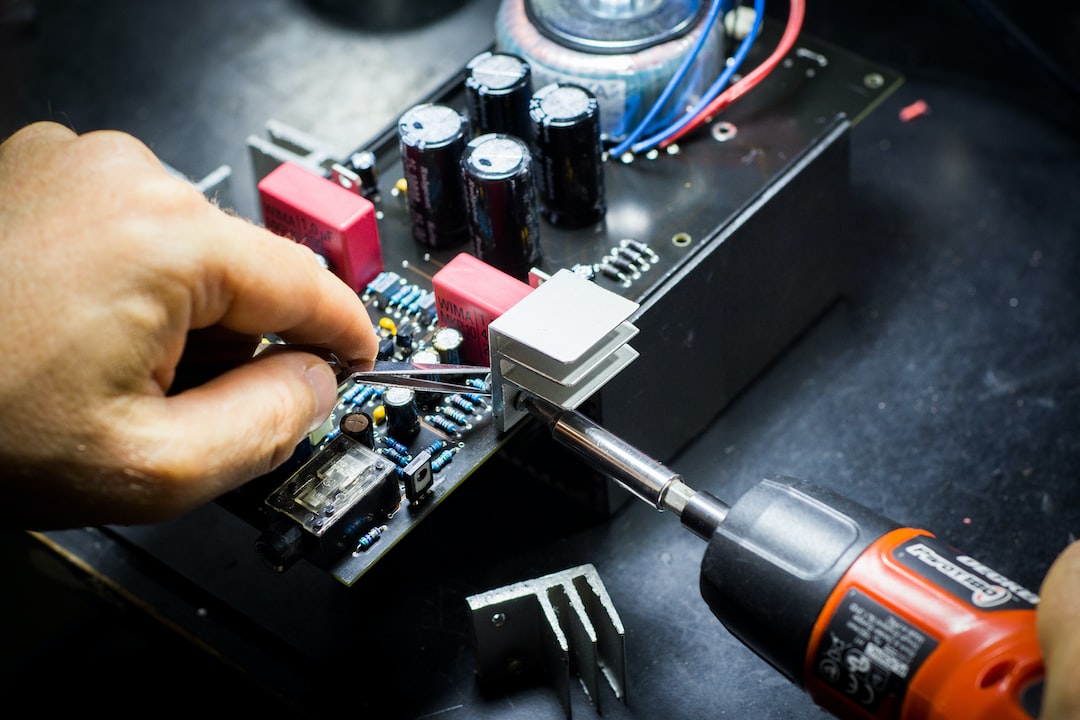Understanding the Concept of Just-in-Time Manufacturing
In today’s fast-paced and ever-changing manufacturing industry, companies constantly strive to become more efficient, productive, and cost-effective. One approach that has gained significant popularity over the years is just-in-time (JIT) manufacturing. This concept revolutionizes traditional manufacturing processes by focusing on delivering products precisely when they are needed, minimizing waste and improving overall efficiency. In this blog post, we will explore the concept of JIT manufacturing, its benefits, and potential challenges.
Just-in-time manufacturing can be defined as a production strategy that aims to produce goods and deliver them at the exact time they are required, eliminating unnecessary inventory and reducing waste. First introduced by the Toyota Motor Corporation in Japan in the 1970s, JIT manufacturing has since been adopted by numerous industries worldwide.
The key principle behind JIT manufacturing is to eliminate any type of waste, known as “muda” in Japanese. This waste can manifest itself in various forms, including excess inventory, wasted time, obsolete technology, and inefficient processes. By focusing on reducing waste, companies can achieve higher productivity, lower costs, and faster delivery times.
One of the primary benefits of JIT manufacturing is the reduction of inventory levels. Unlike traditional manufacturing methods that stockpile large quantities of raw materials and finished products, JIT manufacturers carry minimal inventory. This approach allows companies to save money on warehousing costs, reduce the risk of obsolescence, and free up valuable space.
Moreover, JIT manufacturing emphasizes the need for efficient and streamlined processes. By eliminating unnecessary steps, focusing on continuous improvement, and optimizing workflows, manufacturers can operate at higher efficiency levels. This translates to reduced lead times, increased throughput, and improved quality control.
Another advantage of JIT manufacturing is the ability to respond quickly to fluctuations in demand. Traditional manufacturing techniques rely on forecasting, which can often be inaccurate and lead to overproduction or stockouts. JIT manufacturing, on the other hand, enables companies to produce exactly what is needed, when it is needed. This flexibility allows manufacturers to be more responsive to customer demands and changes in market conditions.
However, implementing JIT manufacturing is not without its challenges. One of the main obstacles lies in establishing a reliable and efficient supply chain. Since JIT manufacturing heavily depends on timely deliveries, any disruption in the supply chain can have a significant impact on production. To address this, companies need to carefully select suppliers, establish strong relationships, and ensure clear communication channels.
Moreover, JIT manufacturing requires a high level of coordination and synchronization between various departments within the organization. This includes production, logistics, quality control, and procurement, among others. Each step in the manufacturing process must be carefully planned, and any delays or disruptions can lead to bottlenecks and inefficiencies. To overcome these challenges, companies need to invest in robust planning systems, effective communication, and cross-functional collaboration.
Another potential challenge of JIT manufacturing is the risk of experiencing production delays or interruptions due to equipment breakdowns or unforeseen circumstances. Since JIT manufacturers operate with minimal inventory as a buffer, any production disruption can become a critical issue. To mitigate this risk, proactive maintenance strategies, spare parts availability, and backup plans should be in place.
In conclusion, just-in-time manufacturing is a powerful concept that aims to revolutionize traditional manufacturing processes. By focusing on eliminating waste, reducing inventory levels, and optimizing workflows, companies can achieve higher productivity, lower costs, and faster delivery times. However, implementing JIT manufacturing requires careful planning, reliable supply chains, and efficient coordination between various departments. With the right strategies and mindset, companies can harness the benefits of JIT manufacturing and stay ahead in the increasingly competitive manufacturing landscape.

